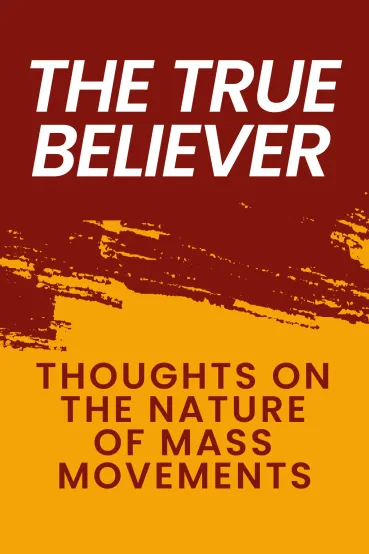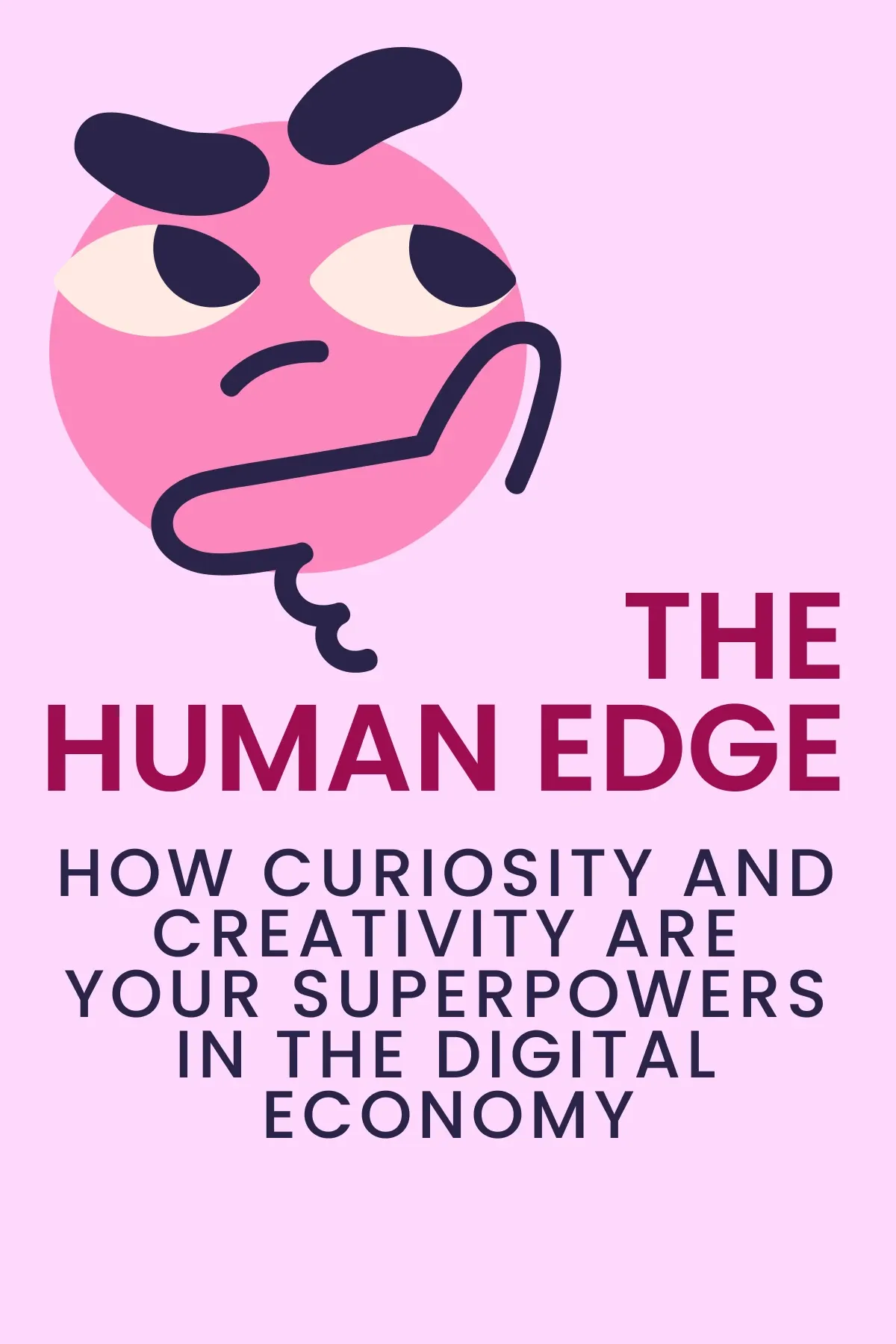
The True Believer
Brief Summary
“The True Believer” (1951) probes the relationship between emotions, societal change, and the longing for unity. It emphasizes how feelings of deprivation, beyond just poverty, can drive mass movements. Despite shared elements, the results of these movements can be unexpectedly diverse.
Key points
Key idea 1 of 8
Some people believe that being satisfied can make you stop trying. Picture a comfortable home; why leave it? But when discomfort strikes, like a noisy, damp apartment, we're quick to desire change. Often, the real agony of challenges, like unemployment, isn't just about tangible setbacks. It's also about financial difficulties. The even more profound pain stems from a dwindling sense of hope. Hope empowers, reignites passion, and is typically more valuable than material aid.
Historically, vast movements have swept through societies. Once, religion was at the helm. Faith traditions like Christianity, Islam, and Buddhism influenced millions. There were times when religious leaders held more sway than monarchs. However, the nature of these movements has evolved.
The modern era has seen them adopt more secular overtones. Events like the American Civil Rights Movement and the clamor for democracy during the Arab Spring show this shift. Japan's technological leap post World War II also reflects this change. Even the fall of the Berlin Wall is a testament to this tendency.
At the heart of many of these transformative waves are "true believers." They can be from ancient or contemporary times. People like devoted Muslims are really dedicated to their beliefs and actions. Advocates for gender equality also find themselves deeply involved. Pan-Africanism's supporters are strongly committed to their cause. Renowned thinkers like Eric Hoffer describe these vast shifts as mass movements. Though their external facades differ, they all have something in common. At their core, they echo similar human needs and emotions.
In the late 19th and early 20th centuries, the women's suffrage movement surged across many nations. At the forefront of this transformative wave were "true believers" like Emmeline Pankhurst in the UK and Susan B. Anthony in the US. Pankhurst, for instance, was deeply embedded in the cause. She endured multiple imprisonments and hunger strikes to advocate for women's right to vote. For her and many others, it wasn’t just about a ballot. It was about societal recognition, equal opportunities, and challenging established norms. Anthony traveled extensively, giving as many as 75 to 100 speeches yearly, crusading for women's voting rights.
Their external methodologies and strategies might have differed, but at the root, they shared a common thread – an unwavering belief in their cause. They were propelled by similar human needs: justice, recognition, and equality. In Eric Hoffer's terms, they were integral parts of a mass movement, echoing universal human emotions and desires.
Interestingly, even ideologies perceived as opposites have shared emotional foundations. In the tumultuous 20th-century Europe, Communists and National-Socialists were two groups with seemingly contrasting worldviews. Yet, they often saw members switching allegiances. This wasn't mere whimsy; both ideologies resonated with shared human fears and aspirations.
FAQ
You may also like these summaries











